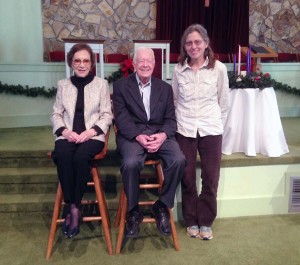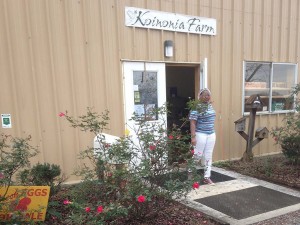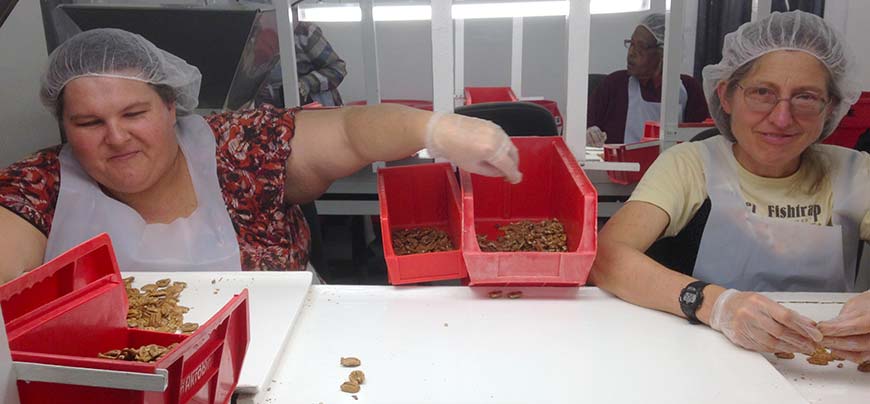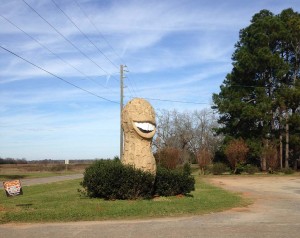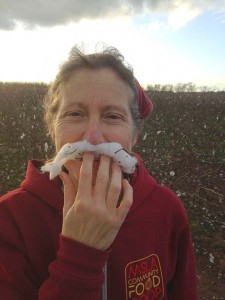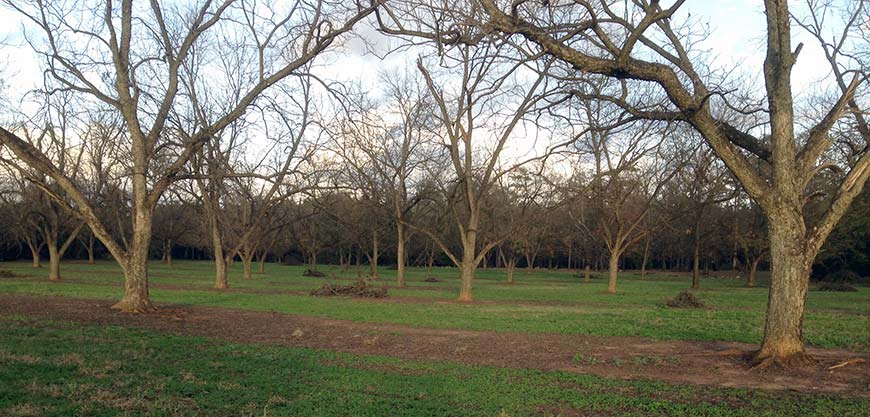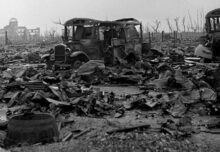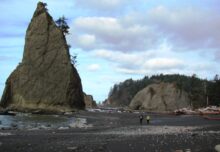A lizard ran across the floor this morning during the short chapel service that begins the day here at Koinonia Farm. It made me smile but I don’t think anyone else noticed or cared. The little lizards climb up the sides of buildings and hang out on railings, as common as houseflies.
Georgia astonishes me in so many ways. I’m the naïve northerner who had never eaten boiled peanuts or seen a giant round bale of cotton sitting out in a field of rusty red soil. And the roses are blooming, in December!
My husband, Tom, and I are down here for a few weeks to help out with “product season” at Koinonia Farm, an intentional community started in the 1940s. Many of the seasonal workers in the pecan-processing plant and bakery are paid but Koinonia also relies on interns and short-term volunteers to sort pecans, make chocolate pecan bark, and pack it up in boxes to ship around the country.
The first week here I worked with Tina on the pecan sorting line. We sat next to each other and separated bad pecans from good ones, pieces from halves, and placed other nuts in an ambiguous category called “ambers.” In her soft Tennessee voice Tina told me about her kids and grandkids, and gave me recipes for rich desserts. We listened to others in the room tell their stories as our hands threw pecans into plastic buckets. Sometimes we sang along with the gospel music on the boom box. Working together, even on Saturday, we are black and white, old and young, northern and southern, all of us hoping to get the pecans ready to ship.
On Sundays the community disperses as people attend one of the many churches in the area. When I heard that former President Jimmy Carter would be giving the adult Sunday school lesson at his church in Plains, I knew where I wanted to spend Sunday morning. My husband, Tom Van de Water, decided to attend a Mennonite service with some of the Koinonia folks.
Plains is about eight miles away from Koinonia Farm and on that quiet drive through farm country (almost all cotton this year) I passed four or five churches, with more when I got to Plains. Once again I was the astonished northerner. It doesn’t seem there are enough people for all these houses of worship. Carter’s church, Maranatha Baptist, as less than fifty members but it has a large sanctuary to hold all the tourists who flock to it when Carter is speaking. We were advised to come two hours early if we wanted a seat, although when I arrived at 8:15 am, most of the churchgoers had already made it through security and were waiting inside. We received detailed instructions on how to behave with Carter and were reminded that the Secret Service was watching us. It was an odd way to begin a church service.
After the long wait it was a thrill to see the former president walk into the church. He still has his big smile though at 91 years old his back is stooped and his hair snowy white. Carter announced that his cancer was gone and though we’d been warned not to clap, many did. He led us through a vigorous and thoughtful discussion of a Bible passage and what it meant to him to be a Christian. Southern Christianity is a bit strong for me but I listen to its ideas of helping others and living a thoughtful life.
That hour of religion was followed by another hour of church service led by a young minister. A small choir sang karaoke-style with a background orchestra and we sang Christmas hymns. And for the grand finale after the service, Jimmy and Roselyn sat up front and let tourists “make a picture with them.” It is all very organized and fast, but for about 30 seconds I was standing next to a former U.S. president, a man I admire for his peace work around the world.
While I was in Plains, I decided to do all the touristy things available there. I walked around the old Plains high school, now National Park headquarters for the Jimmy Carter National Park. Carter went to school there in the 1930’s and the classrooms are now filled with Carter history and photos. Next stop was the little store “downtown” (one short block) that sells peanut butter ice cream and has samples of fried peanuts and peanut brittle followed by a short drive out to the Jimmy Carter Boyhood Farm. It’s been restored to its 1930’s appearance, simple homes with no electricity or running water. The Carter’s house was white clapboard but the farm manager’s house next door was a small place of unpainted wood with newspapers glued to the thin walls to keep out the cold and heat. I lingered in the Carter’s small store where plastic models of tobacco and hams and canned goods lined the walls. Tenant farmers could buy on credit in an economy with very little cash.
On my drive back to Koinonia I noticed the ruins of tenant houses, sometimes only a chimney sticking up above a pile of wood. Millard Fuller, who started Habitat for Humanity, was a member of Koinonia and began his housing project here. Two wooded communities of affordable, sturdy homes flank the sides of the farm.
The workweek is back in full swing and I’m helping out in Shipping. I feel like one of Santa’s elves as I pack boxes full of chocolate and pecans. At the community meals we share stories and jokes. At the end the day, Tom and I have time for a short walk through the pecan groves before the sun goes down. This peaceful place has made it through the Civil Rights era and lean times. It is a gift to be able to help out in even a small way.

